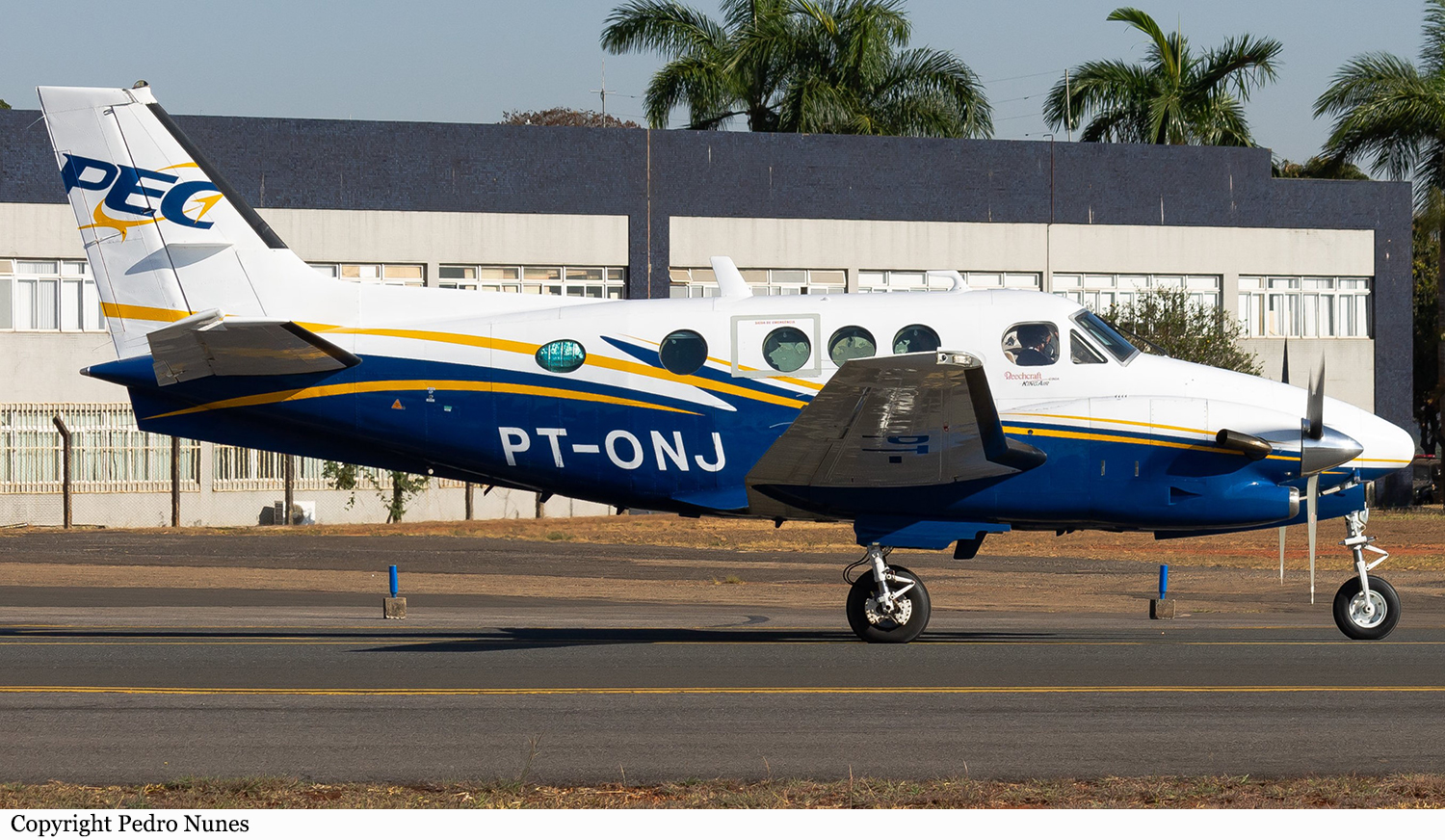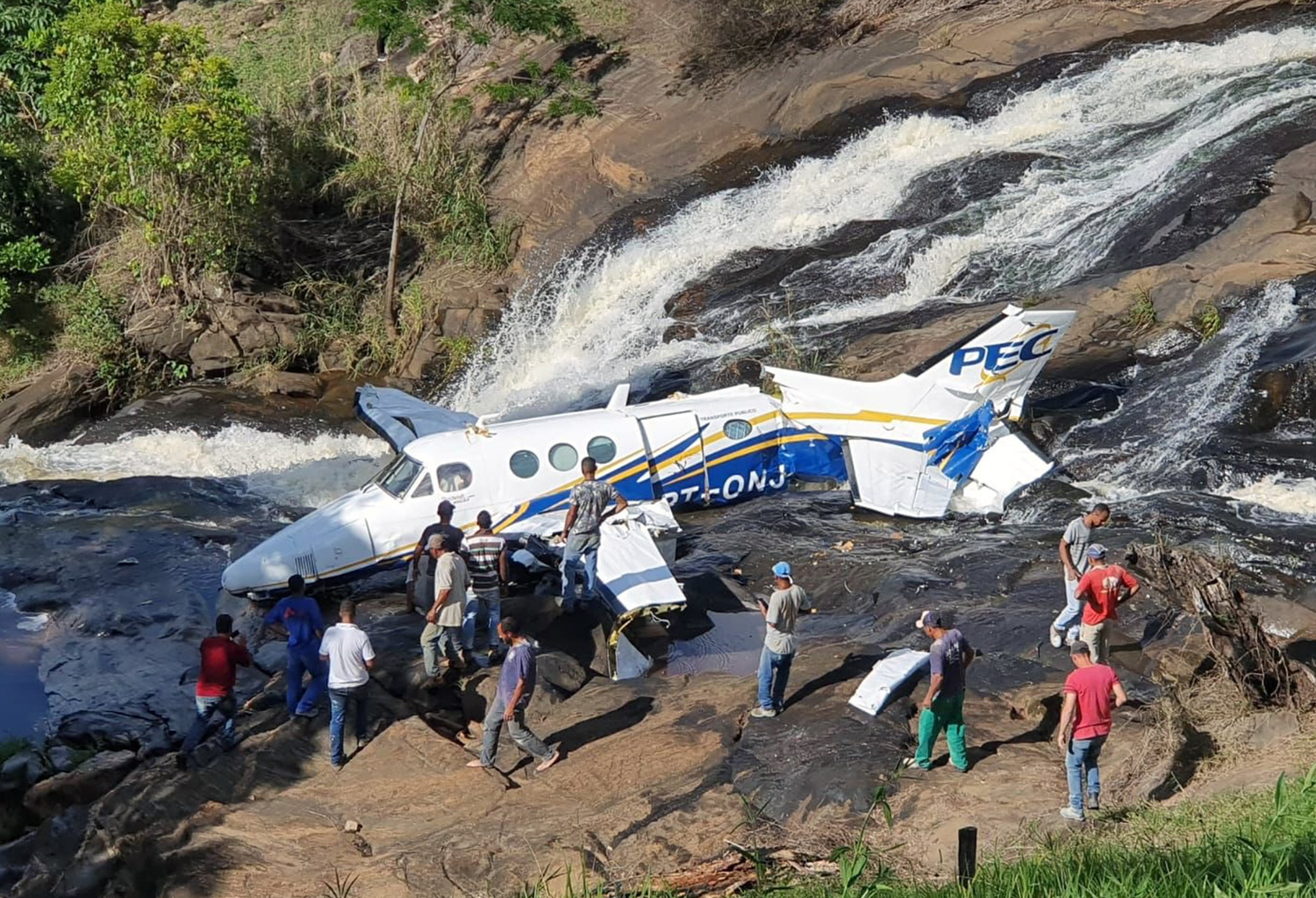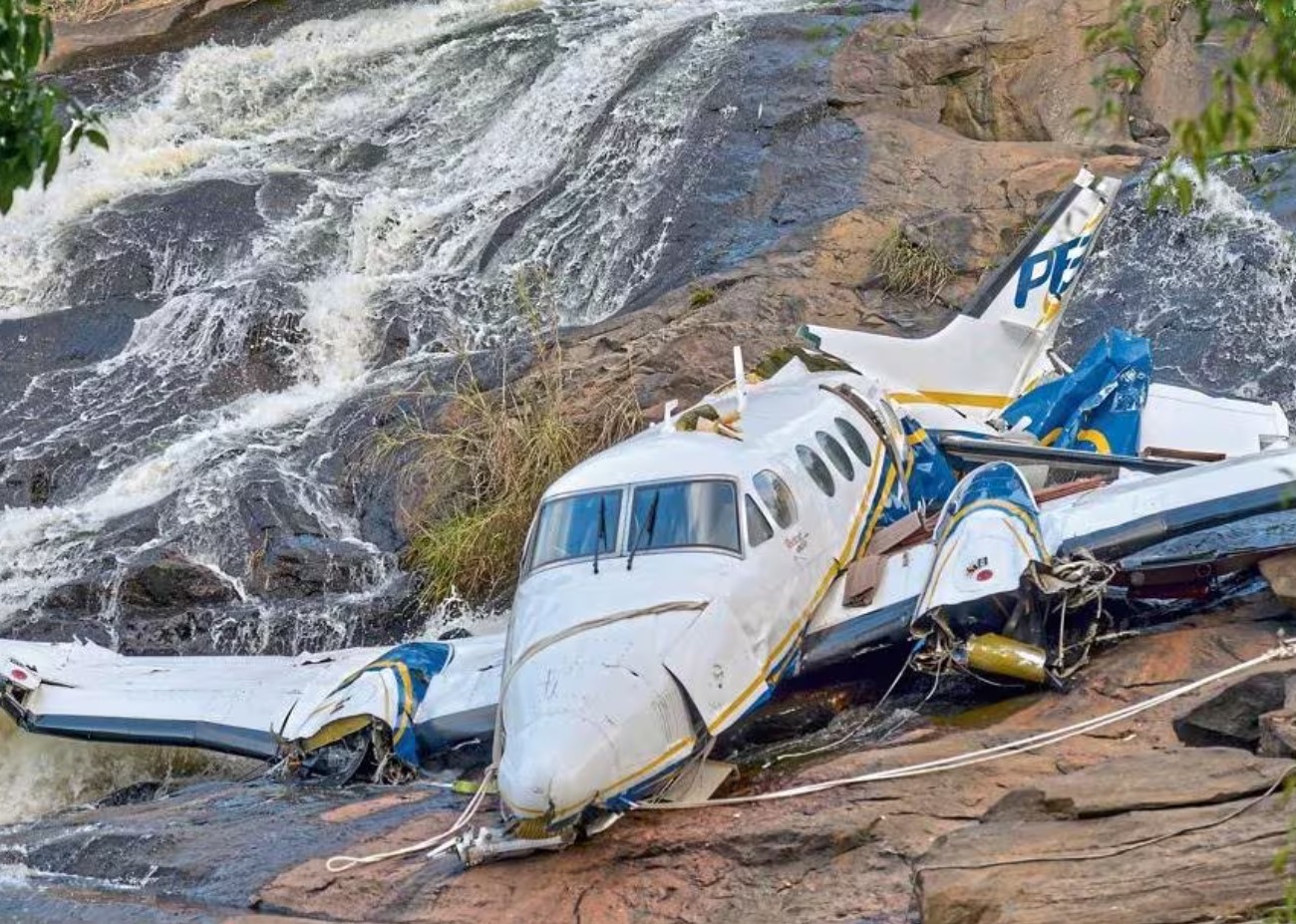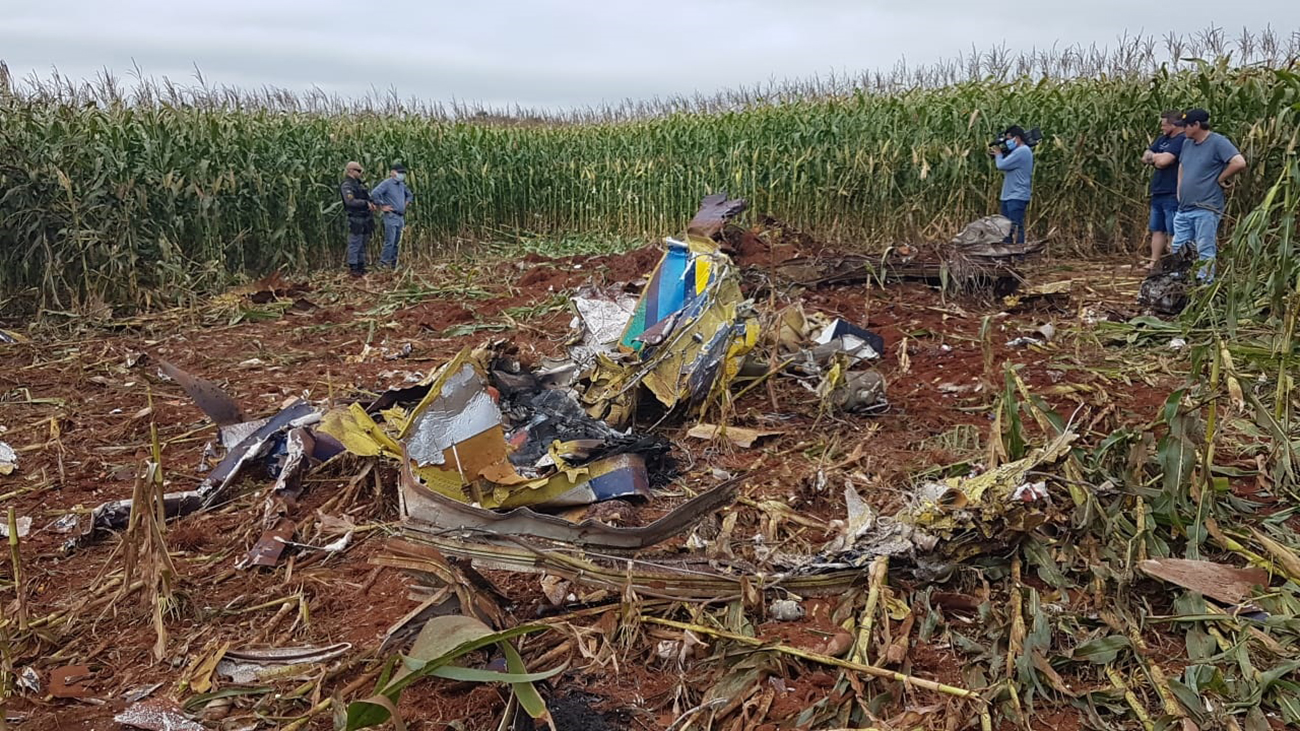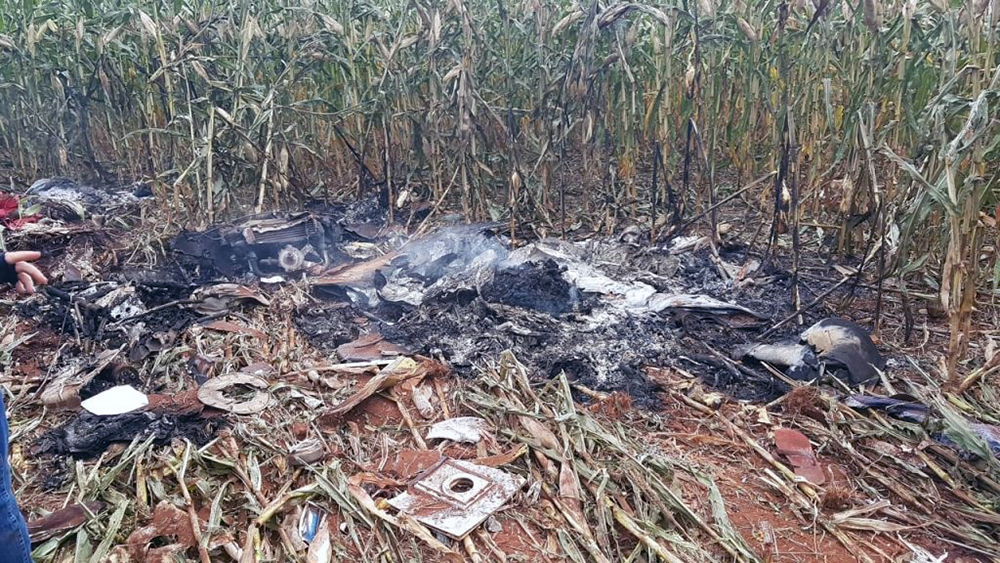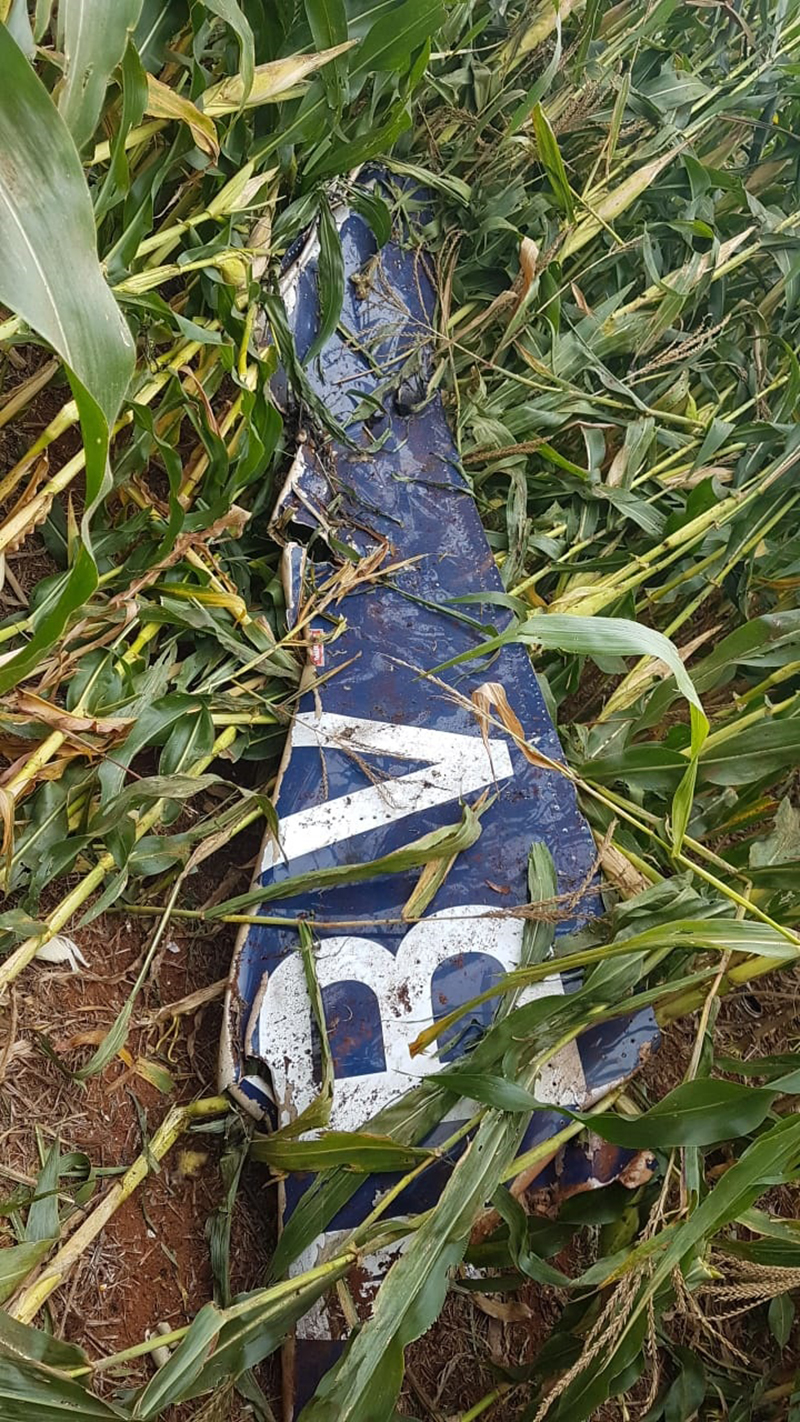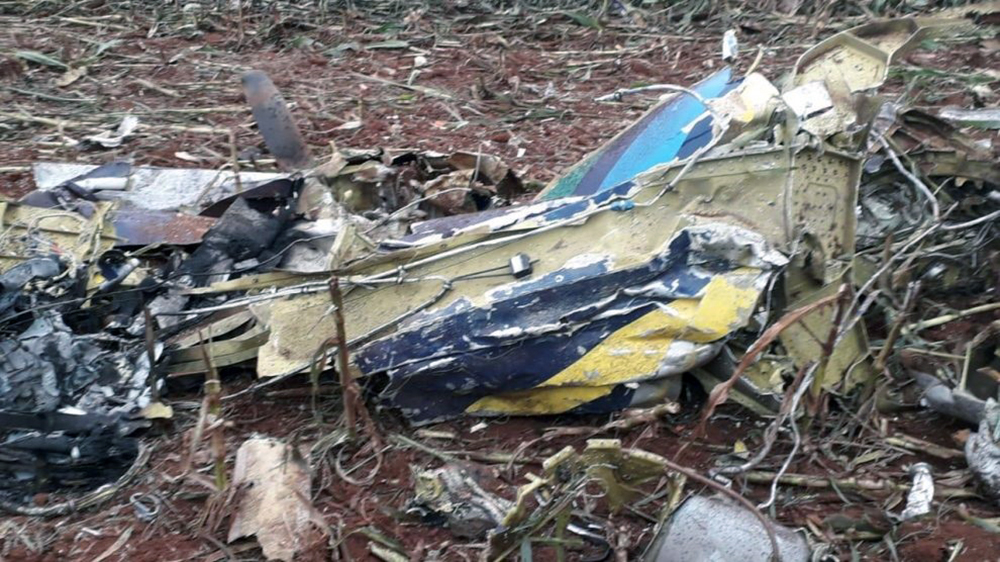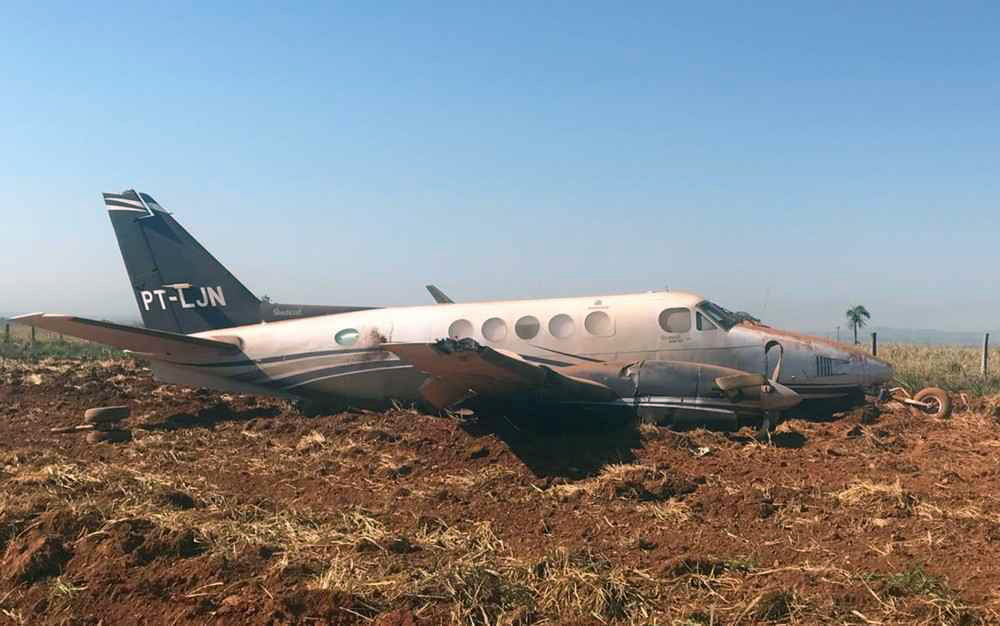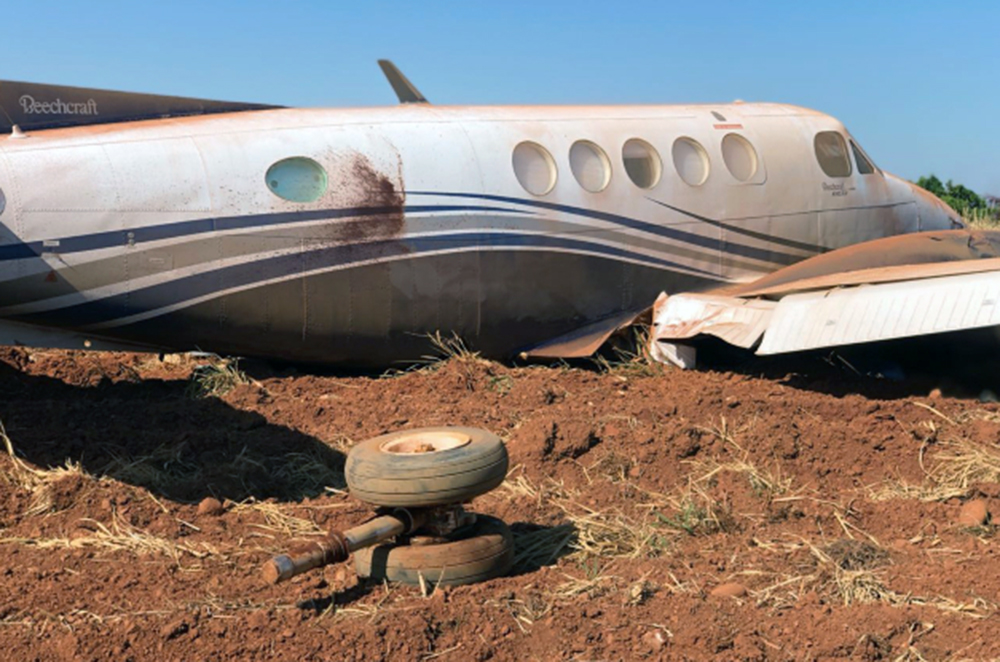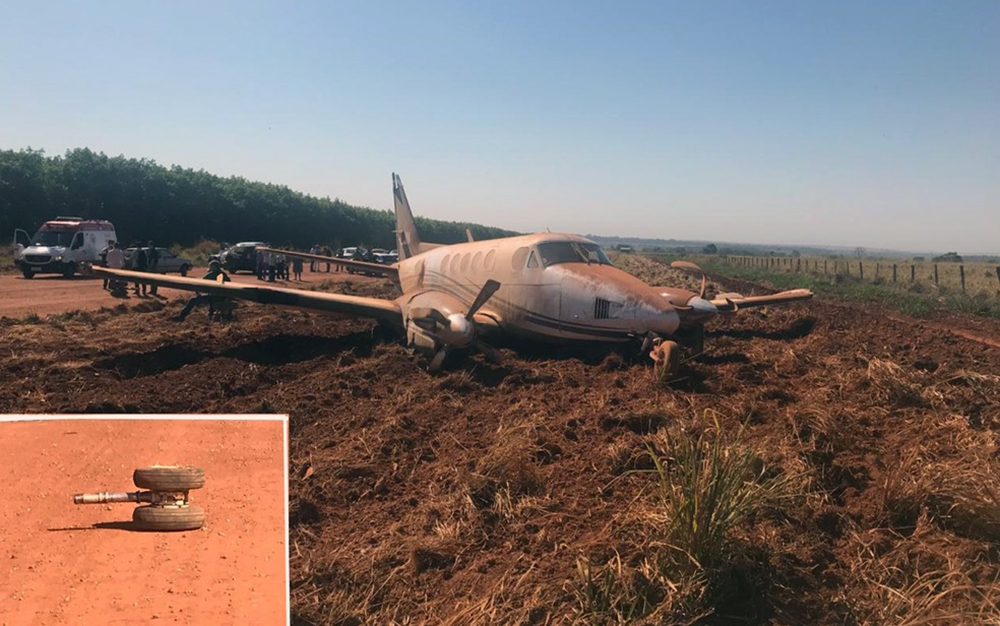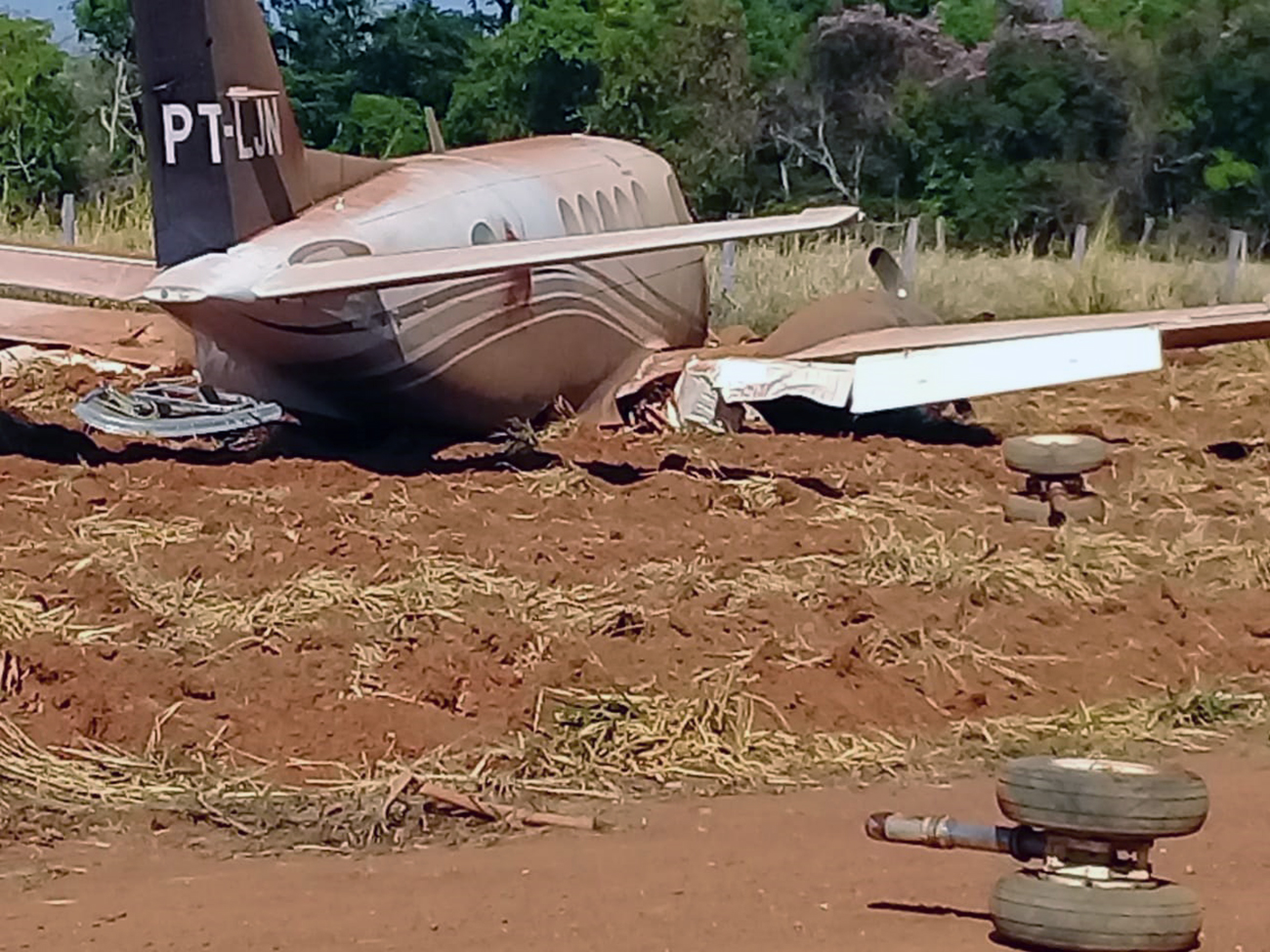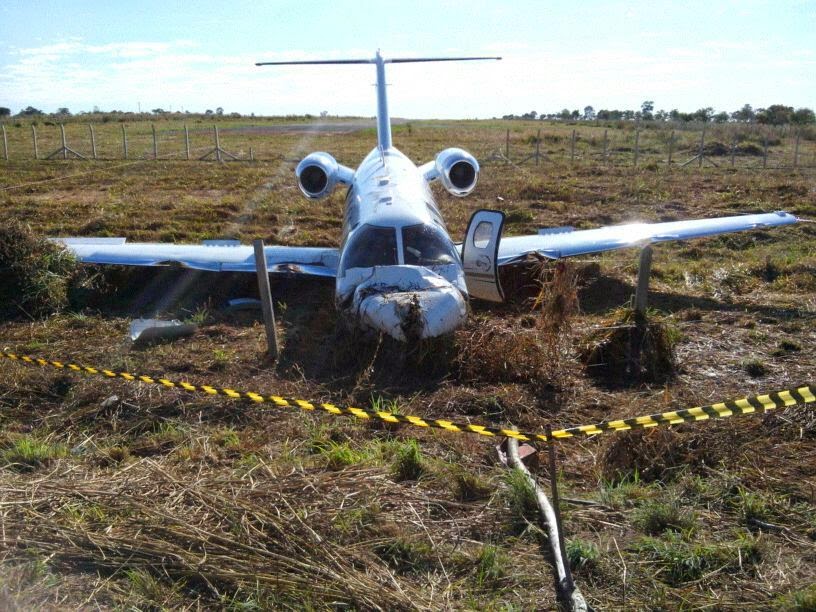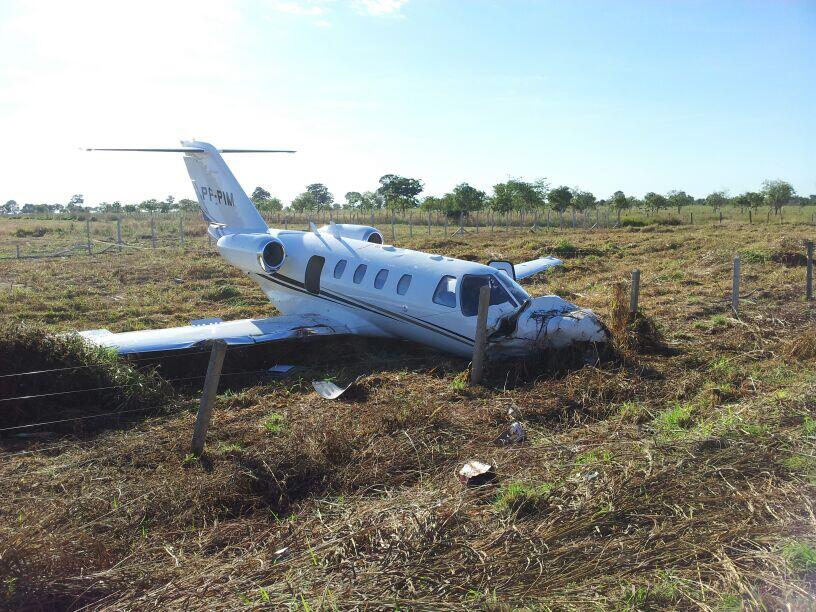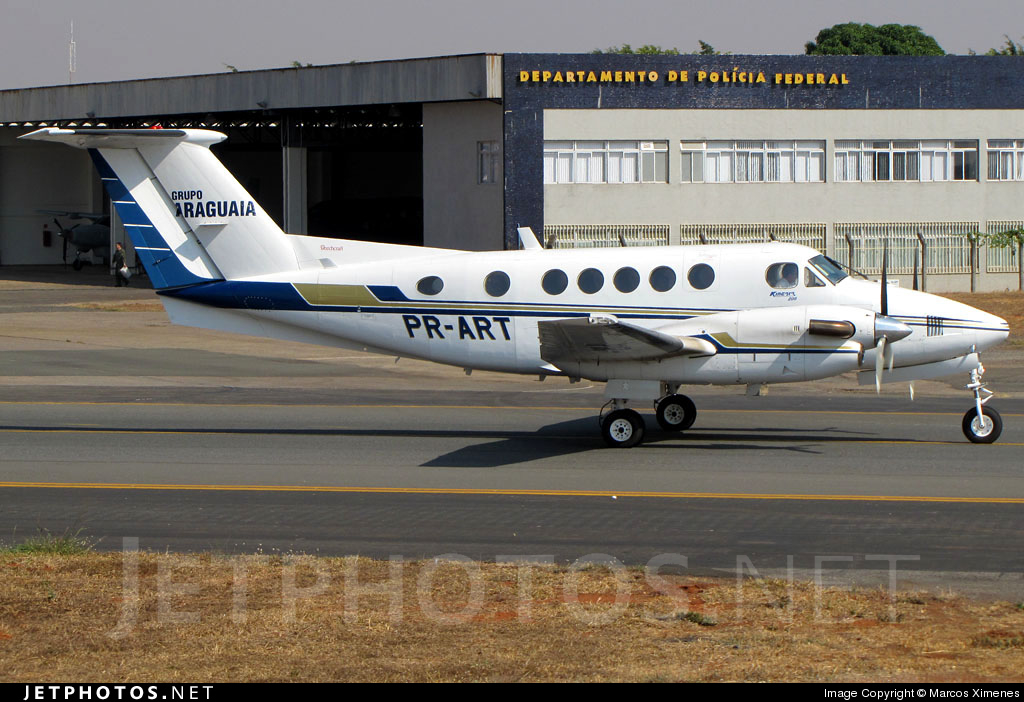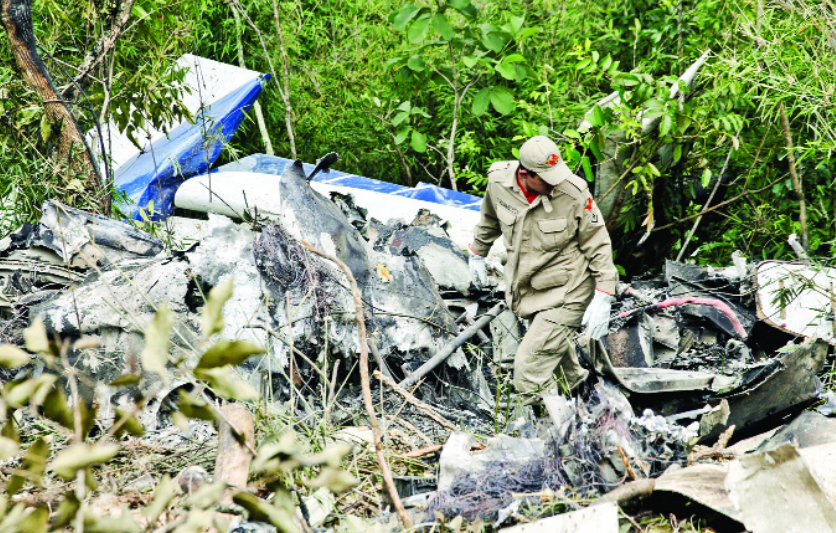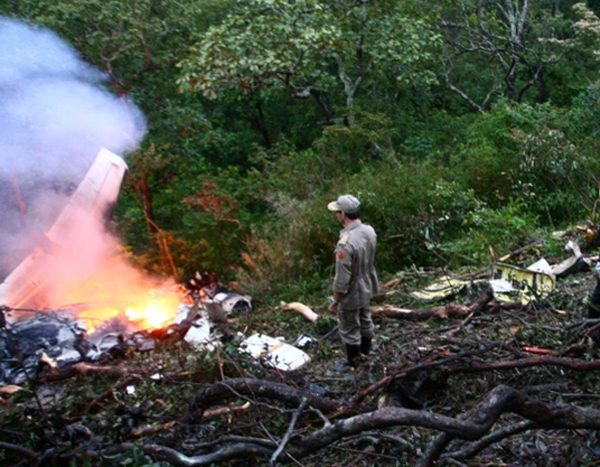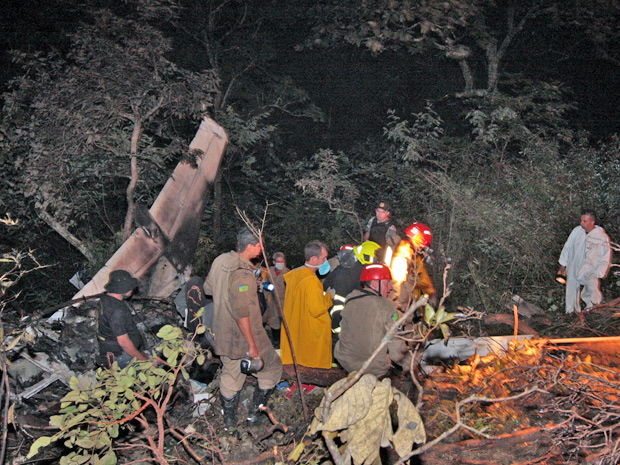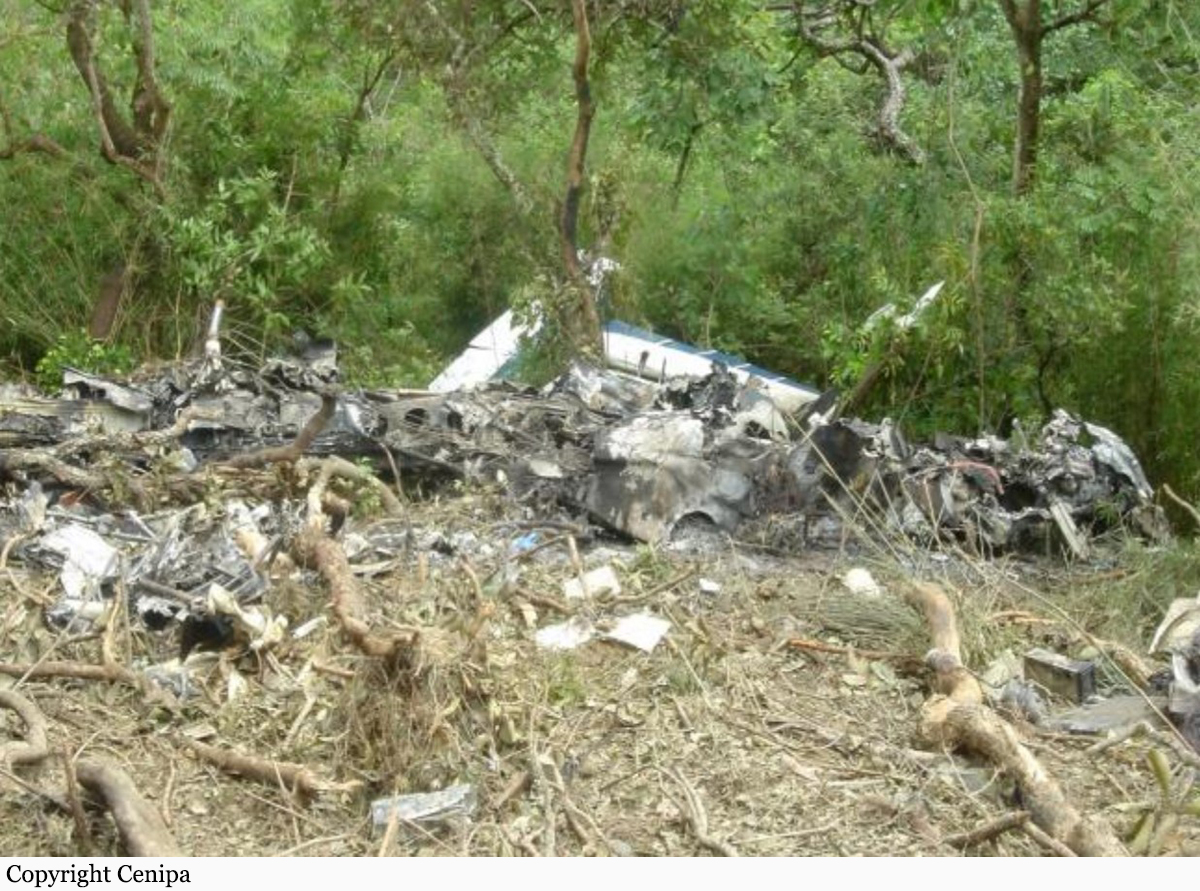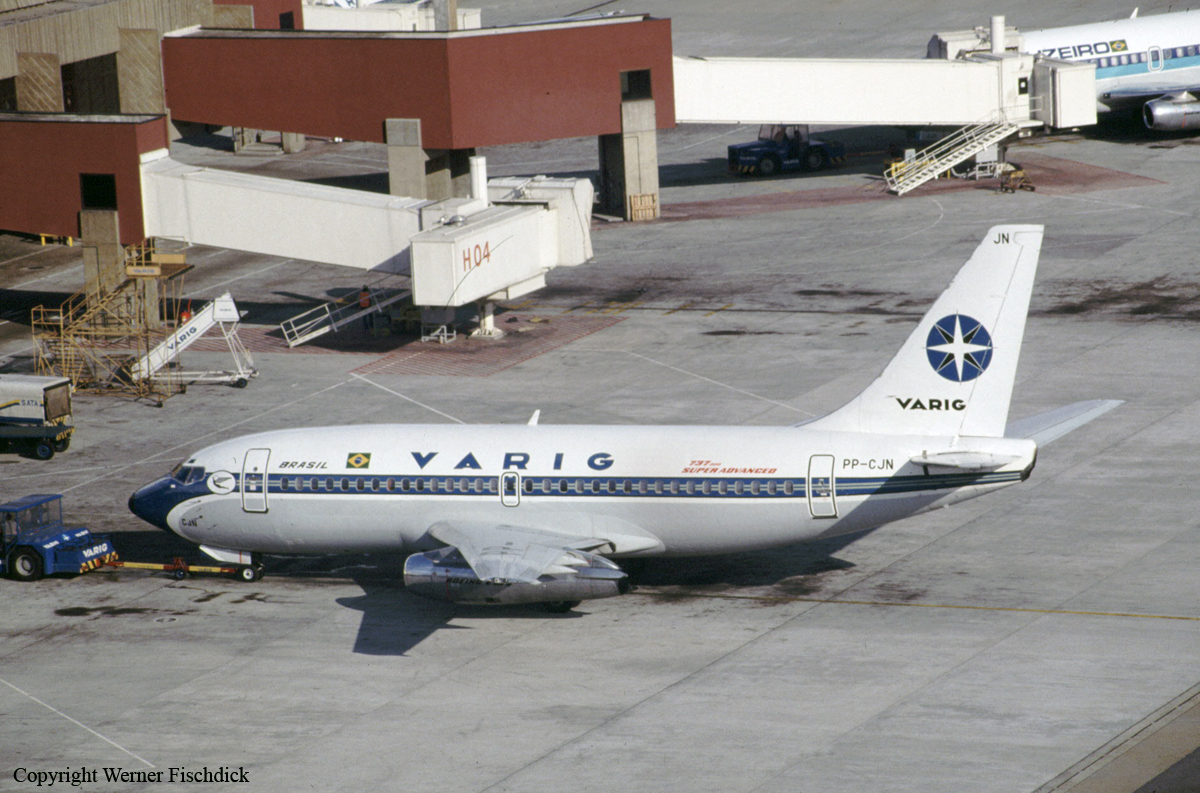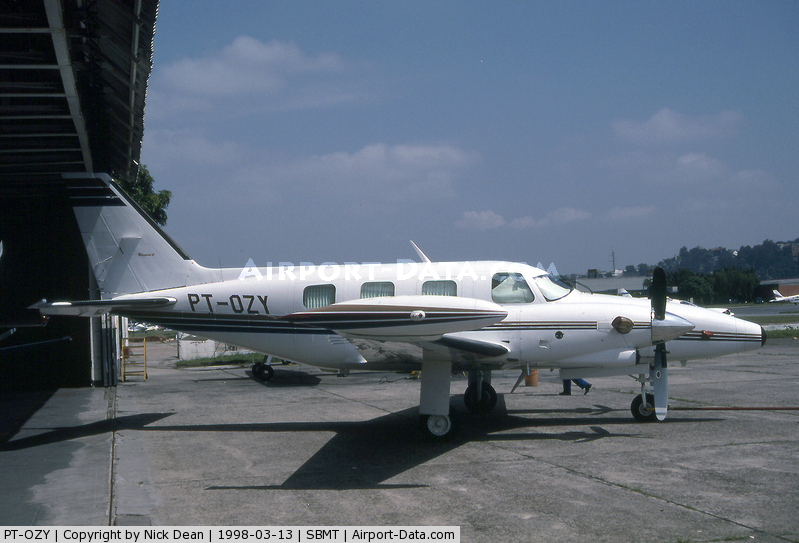Crash of a Beechcraft C90A King Air in Caratinga: 5 killed
Date & Time:
Nov 5, 2021 at 1515 LT
Registration:
PT-ONJ
Survivors:
No
Schedule:
Goiânia – Caratinga
MSN:
LJ-1078
YOM:
1984
Crew on board:
2
Crew fatalities:
Pax on board:
3
Pax fatalities:
Other fatalities:
Total fatalities:
5
Circumstances:
The twin engine airplane departed Goiânia-Santa Genoveva Airport on a taxi flight to Caratinga, carrying three passengers and two pilots. On final approach to Caratinga-Ubaporanga Airport in VFR conditions, the airplane collided with a lightning rod located on the top of a high-voltage pylon. Upon impact, the left engine was torn off and the airplane stalled before crashing in a river bed located about 4,1 km short of runway 02. The airplane was destroyed by impact forces and all five occupants were killed, among them the Brazilian singer Marília Mendonça aged 26.
Probable cause:
The following factors were identified:
- Attention – undetermined.
It was found the possibility that the PT-ONJ aircraft crew had their attention (focused vision) on the runway at the expense of maintaining proper separation with the terrain on a visual approach.
- Piloting judgment – a contributor.
Regarding the approach to landing profile, there was an inadequate assessment of the aircraft's operating parameters, since the downwind leg was elongated by a significantly greater distance than that expected for a "Category B" aircraft in landing procedures under VFR.
- Memory – undetermined.
It is likely that, based on the experience of ten years of operation in a company governed by the RBAC 121, the PIC procedural memory has influenced the decisions made concerning the conduct of the aircraft. The habit of performing long final approaches in another type of operation may have activated his procedural memory, involving cognitive activities and motor skills, making the actions automated in relation to the profile performed in the accident.
- Flight planning – undetermined.
A possible non-use of the available aeronautical charts (CAP 9453 and WAC 3189), which were intended to meet the needs of visual flight, may have contributed to low situational awareness about the characteristics of the relief around the SNCT Aerodrome and the presence of the power grid that interfered with the aircraft's landing approach.
- Attention – undetermined.
It was found the possibility that the PT-ONJ aircraft crew had their attention (focused vision) on the runway at the expense of maintaining proper separation with the terrain on a visual approach.
- Piloting judgment – a contributor.
Regarding the approach to landing profile, there was an inadequate assessment of the aircraft's operating parameters, since the downwind leg was elongated by a significantly greater distance than that expected for a "Category B" aircraft in landing procedures under VFR.
- Memory – undetermined.
It is likely that, based on the experience of ten years of operation in a company governed by the RBAC 121, the PIC procedural memory has influenced the decisions made concerning the conduct of the aircraft. The habit of performing long final approaches in another type of operation may have activated his procedural memory, involving cognitive activities and motor skills, making the actions automated in relation to the profile performed in the accident.
- Flight planning – undetermined.
A possible non-use of the available aeronautical charts (CAP 9453 and WAC 3189), which were intended to meet the needs of visual flight, may have contributed to low situational awareness about the characteristics of the relief around the SNCT Aerodrome and the presence of the power grid that interfered with the aircraft's landing approach.
Final Report:
